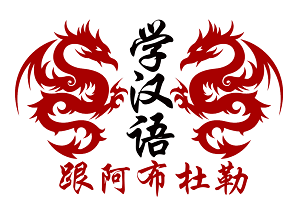0 Items - $0.00
- No products in the cart.
Welcome to our comprehensive blog on Chinese Pinyin, the magical key to mastering Mandarin Chinese pronunciation! If you’ve ever wondered how to bridge the gap between the Latin alphabet and the melodious sounds of Chinese characters, you’re in for an exciting linguistic adventure. In this blog, we’ll unravel the mysteries of Pinyin, empowering you to confidently speak and understand Mandarin like a native.
Congratulations, language explorer! You’ve conquered the world of Chinese Pinyin and taken a giant leap toward Mandarin fluency. Armed with this powerful tool, you can now navigate the intricate sounds and tones of Chinese like a seasoned linguist. Remember, your Pinyin journey is just the beginning of a profound connection to Chinese culture and communication. Keep practicing, keep learning, and soon you’ll be speaking Mandarin with finesse and flair!
Are you ready to embark on this Pinyin adventure? Let’s dive in together and unlock the beauty of Mandarin Chinese pronunciation!
Picture this: “我爱你” (Wǒ ài nǐ), three characters that carry immense emotional weight. However, expressing love in Mandarin isn’t merely about pronunciation – it’s a window into the intricacies of language and culture. As we dive into the depths of this phrase, let’s explore its pronunciation, cultural nuances, and alternative expressions that add layers of meaning to these cherished words.
中文谚语|How to Say in Chinese ‘Actions Speak Louder’
Chinese Idioms, Proverbs Explained by Learn Chinese With Abdul
Learn Chinese In Urdu Language With Free Online Lectures. Introduction Learn chinese in Urdu and free? certain this is a shocking question for most of the students and the visitors […]
What is the meaning of 哪里 in Chinese Mandarin. Introduction The Chinese language, with its rich history and diverse cultural influences, is a fascinating world of characters and expressions. Among […]
Table of Contents Title: “The Power of Collaboration: Amplifying Impact Through Teamwork” Introduction: In our journey towards achieving goals and making a meaningful impact, we often encounter situations where individual […]
Unlock the Beauty of Language: Learn Chinese and Explore a Rich Culture Introduction: Learning a new language opens doors to a world of opportunities and deepens your understanding of different […]
